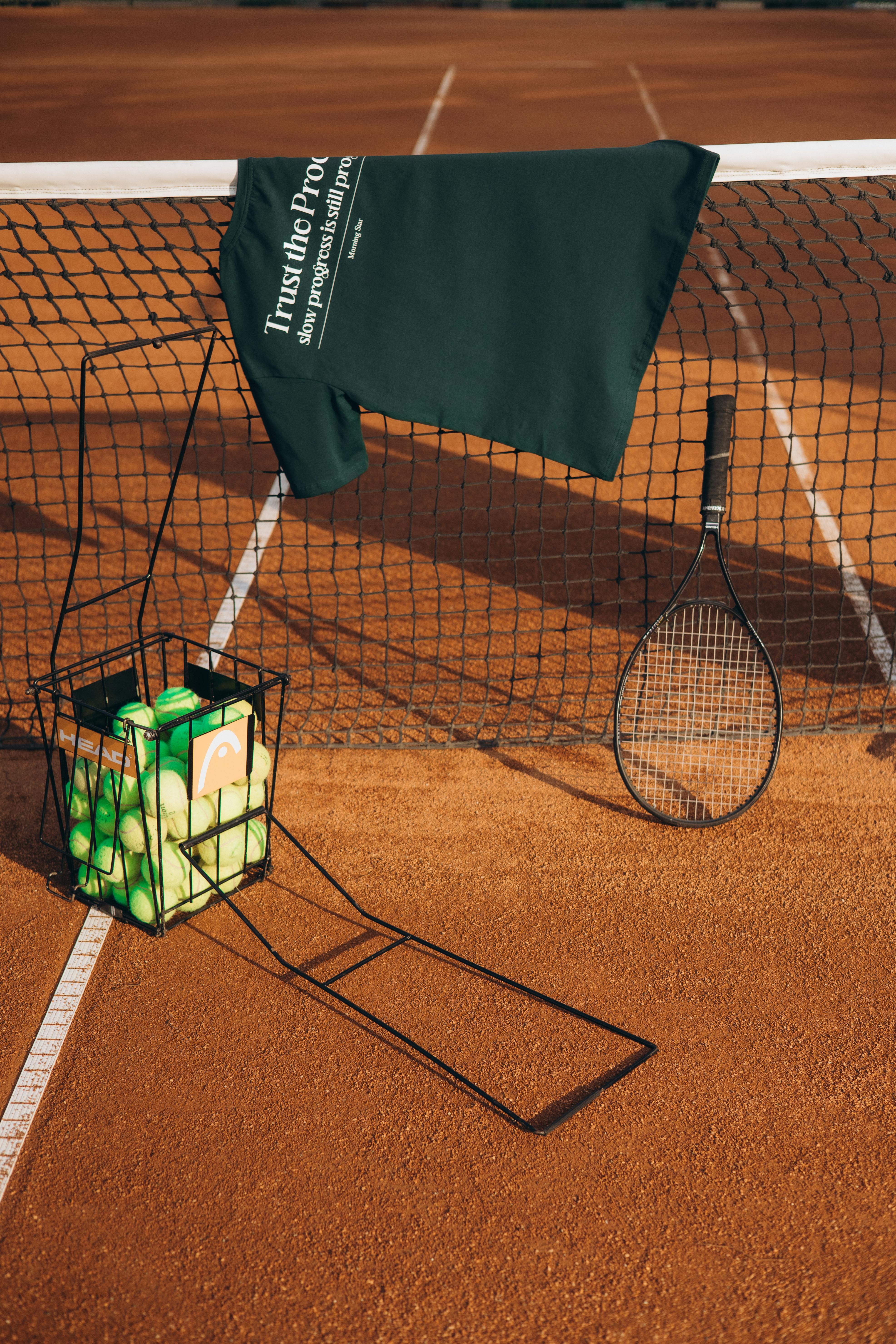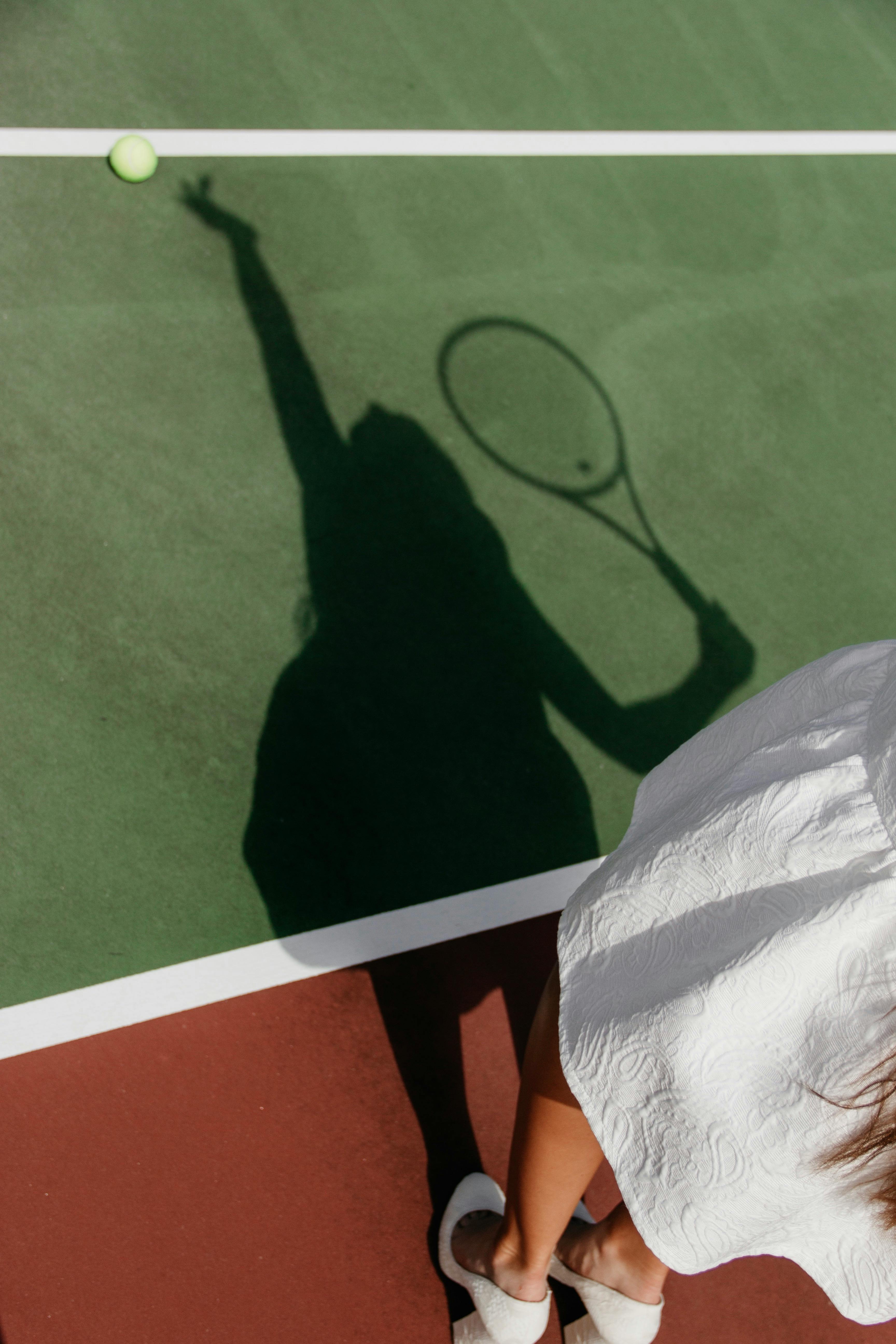How Much Does a Sport Court Cost? A Comprehensive Guide
When it comes to enhancing your property with a sport court, understanding the costs involved is essential. Whether you’re building a court for basketball, tennis, or multi-sport use, knowing the factors that influence the cost can help you make an informed decision. In this article, we will break down the cost of building a sport court, covering everything from materials to installation, and provide actionable insights for your project.

Understanding the Fundamentals of Sport Court Pricing
Building a sport court is a significant investment, and the price can vary depending on several factors. From the type of court to the materials and location, the total cost is influenced by both practical and aesthetic choices. In this section, we’ll explore the key components that determine the cost of a sport court.
The main factors that affect sport court pricing include the size of the court, the type of surface, and whether it’s indoor or outdoor. Understanding these fundamentals will help you evaluate the costs associated with your specific needs.
1.1 Size and Dimensions
The size of your sport court is one of the most significant factors when it comes to cost. A standard tennis court, for example, measures around 78 feet long by 36 feet wide, while a basketball court typically ranges from 28 to 50 feet long and 15 to 30 feet wide. The larger the court, the more materials and labor are required, directly impacting the cost.
Additionally, custom sizes will increase the price, as they may require special adjustments to the design and layout of the court. For example, a full-sized multi-sport court that accommodates both basketball and tennis may cost more than a single-sport court due to the complexity of the design and the required space.
1.2 Surface Material
The type of surface you choose for your sport court also plays a significant role in determining the cost. The most common options include asphalt, concrete, and modular tiles. Each surface has its own set of advantages and price points:
- Asphalt: Generally the least expensive option, costing around $3-$5 per square foot. It is durable and suitable for outdoor use.
- Concrete: Slightly more expensive than asphalt, priced at around $5-$8 per square foot. It provides a smooth, durable surface for both indoor and outdoor use.
- Modular Tiles: These are the most expensive option, costing anywhere from $10-$15 per square foot. They offer superior grip and comfort, making them ideal for multi-sport courts.
Practical Implementation Guide
Once you’ve chosen the right size and surface material for your sport court, the next step is the actual installation. While the process may seem daunting, following a clear guide can make the project more manageable. Below, we outline the steps to successfully build your court, along with tips for overcoming common challenges.

2.1 Actionable Steps
- Step 1: Site Preparation – Before installing your court, you’ll need to prepare the area. This may include clearing the ground, leveling the surface, and ensuring proper drainage.
- Step 2: Choosing Materials – Based on your budget and requirements, select the appropriate materials for the surface, court markings, and fencing.
- Step 3: Installation – Hire a professional installation team or follow a DIY approach if you’re experienced. This step includes laying the base layer, installing surface materials, and adding finishing touches like court lines and accessories.
2.2 Overcoming Challenges
Building a sport court comes with its own set of challenges. Here are some common obstacles you may encounter and ways to overcome them:
- Uneven Ground: If your site is uneven, it can lead to problems with court drainage and surface smoothness. Ensure proper grading during preparation to avoid this issue.
- Weather Delays: Inclement weather can delay construction. Plan your installation during a dry season to minimize weather-related setbacks.
- Budget Overruns: Costs can spiral if you don’t stick to your budget. Factor in hidden costs like permits, accessories, and maintenance when estimating your total expenses.
Advanced Applications
Once your sport court is built, there are advanced features and customizations you can implement to enhance its functionality. These upgrades can improve the playing experience and the longevity of your court. Let’s dive into some high-end options.

3.1 Multi-Sport Configurations
One of the most popular advanced features is the addition of multi-sport lines. A multi-sport court allows for several games, such as tennis, basketball, volleyball, and pickleball, to be played on the same surface. This can increase the overall value of the court by making it more versatile.
With a modular tile system or a custom-designed layout, these courts are easy to modify and can provide a superior playing surface for each sport. However, they do require precise planning during installation to ensure proper markings and dimensions for each game.
3.2 Lighting Systems
Installing lighting is an excellent way to extend the use of your sport court into the evening hours. High-quality outdoor lights can be installed to illuminate the entire court, making it suitable for late-night or early-morning play. The installation of lighting systems can add $2,000 to $5,000 to your overall cost, depending on the complexity and quality of the setup.
Future Outlook
The sport court industry is evolving rapidly, with new technologies and designs emerging regularly. In the coming years, we can expect to see even more advanced materials and customizable options that will lower costs and improve performance. The future of sport courts is set to become more accessible and cost-effective, thanks to innovations in construction methods and materials.
Additionally, with the rise of multi-sport activities and recreational trends, there will likely be an increasing demand for sport courts that can accommodate a variety of games. Be prepared for continued changes and innovations in the market to ensure that your court remains functional and relevant.
Conclusion
In summary, the cost of a sport court depends on various factors such as size, surface material, and additional features. Whether you’re looking for a simple basketball court or a full-fledged multi-sport facility, understanding these key elements will help you plan your project more effectively. By considering your needs and budget, you can create a court that provides lasting value and enjoyment.
If you’re ready to get started, gather quotes from local contractors and decide on your priorities for the court. The next step is to make an informed decision and begin your construction journey!
Frequently Asked Questions
- Q: How much does it cost to build a standard basketball court? A: The average cost of a basic basketball court ranges from $10,000 to $20,000, depending on size, materials, and location.
- Q: What is the ideal surface for an outdoor sport court? A: Asphalt and concrete are the most common surfaces for outdoor courts, offering durability and affordability.
- Q: How long does it take to build a sport court? A: On average, the construction of a sport court takes about 2-4 weeks, depending on weather conditions and the complexity of the design.
- Q: What factors influence the cost of a sport court? A: Factors such as size, surface material, location, and additional features like lighting or fencing can significantly impact the cost.
- Q: Should I opt for a multi-sport court? A: Multi-sport courts are a great investment for families or communities, as they offer versatility and the ability to play different sports on one court.
- Q: How much does lighting cost for a sport court? A: Lighting can add anywhere from $2,000 to $5,000 to your project, depending on the quality and complexity of the system.
- Q: Is it better to hire professionals or build the court myself? A: While DIY is possible, hiring professionals ensures proper installation and can prevent costly mistakes in the long run.